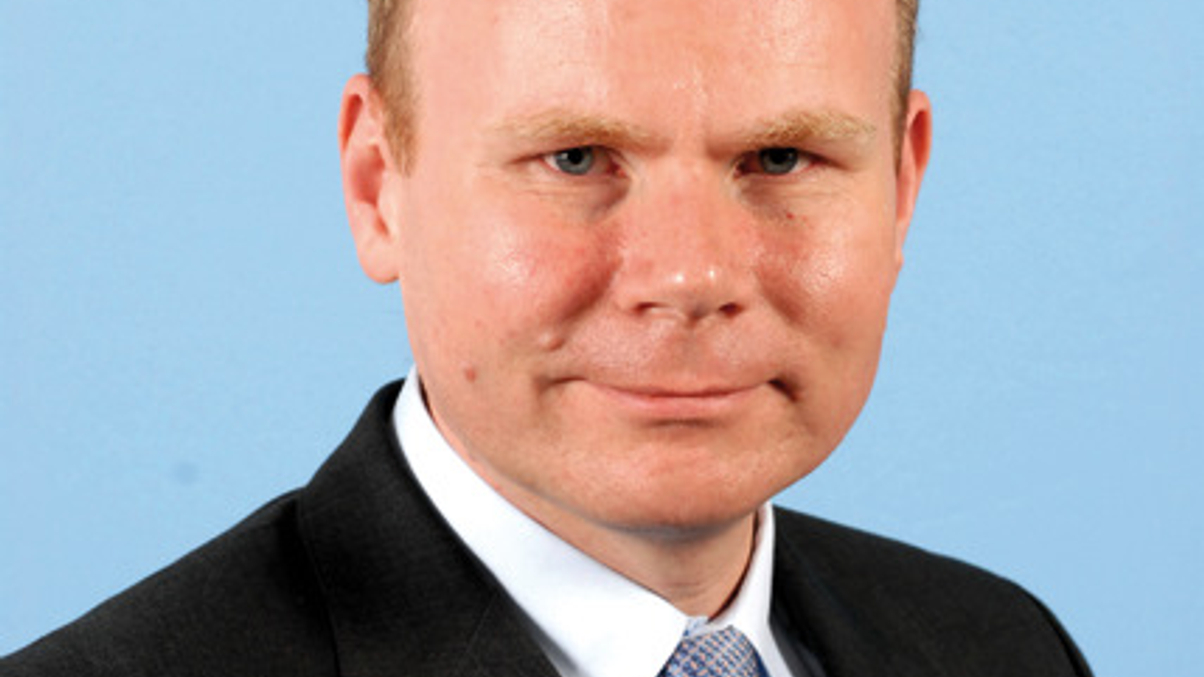Institutions spread bets in search of income
Institutional investors are buying a broader range of assets to meet income needs, including emerging market credit, high-yield bonds and high-dividend equities.

The increasing importance of finding reliable sources of income was borne out in a new survey of institutional investors in Europe and Asia.
Sign in to read on!
Registered users get 2 free articles in 30 days.
Subscribers have full unlimited access to AsianInvestor
Not signed up? New users get 2 free articles per month, plus a 7-day unlimited free trial.
¬ Haymarket Media Limited. All rights reserved.


